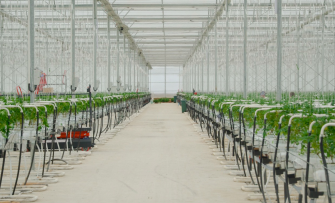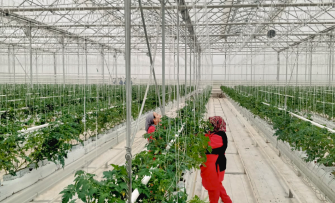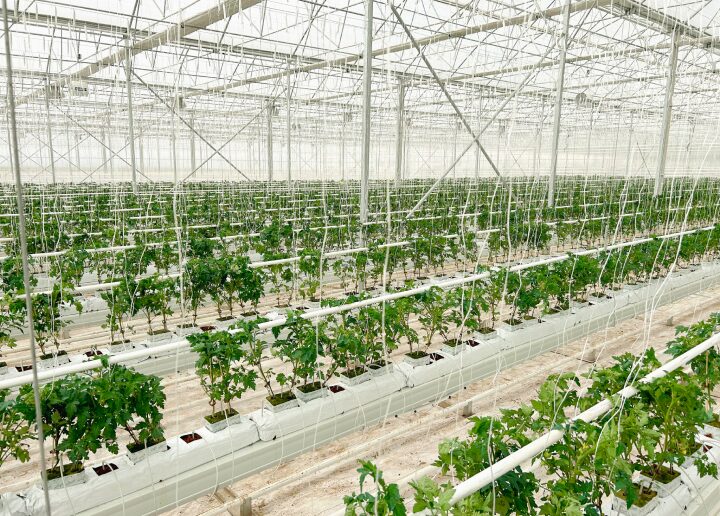Geothermal agriculture is an innovative and sustainable agricultural method that has been receiving increasing attention in the agricultural sector in recent years. This approach includes utilising the natural hot water and steam resources beneath the earth’s crust for agricultural purposes. Compared to traditional farming methods, it aims to reduce environmental impacts, increase productivity and make agricultural activities more sustainable. It is possible to learn the answer to the question of what is geothermal agriculture on a better basis by understanding the basic principles and application methods of this system.
Geothermal energy is a power source hidden deep in the earth’s crust. This energy is derived from the energy of hot water and steam underground. Geothermal agriculture transforms agricultural production in several ways by utilizing this energy for the cultivation of crops. For example, geothermal energy can be used to heat greenhouses, irrigation water and sometimes to supply plant nutrients. This is a great advantage, especially in cold climatic conditions or in regions where conventional agriculture is difficult.

The Role of Geothermal Energy in the Heating of Greenhouses
Greenhouses heated by means of geothermal energy enable agriculture to be carried out even in off-season and harsh climatic conditions. These greenhouses are effectively heated with the help of hot water or steam extracted from underground. This method is particularly ideal in winter or when conventional heating methods are expensive or environmentally harmful.
Geothermal water can also be considered a natural plant nutrient source due to the various minerals contained in it. Thanks to the thermal properties of this water, it is ensured that plants are protected against the risk of frostbite and the rate of evaporation of water during irrigation is reduced. This is an important advantage, especially in regions with limited water resources.
Advantages of Geothermal Agriculture and its Impact on the Environment
What is geothermal agriculture and what are its advantages? Its advantages include its positive impact on the environment, its sustainability as a renewable energy source and its cost-effectiveness in the long term.
- Environmentally Friendly and Sustainable
One of the biggest advantages of geothermal agriculture is its minimal impact on the environment. It reduces greenhouse gas emissions by emitting less carbon emissions compared to fossil fuels. This plays an important role in combating global warming and reduces the ecological footprint. - Cost Effectiveness
Despite high initial investment costs, geothermal agriculture is cost-effective in the long run. Compared to fossil fuels, energy costs are lower and are not affected by fluctuations in energy prices. This is particularly important in regions with high energy costs. - Production Opportunity Throughout the Year
Greenhouses heated with geothermal energy provide a continuous and stable production environment throughout the year. This is a great advantage, especially in cold climatic conditions and off-season crop cultivation. In this way, seasonal limitations of agricultural products can be overcome. - Water Saving
Geothermal agriculture enables more efficient use of water. Heated water contributes to water saving by reducing the amount of evaporation. In addition, the fact that geothermal water contains natural minerals can reduce the use of extra fertilizers. - Increased Product Variety and Quality
Geothermal agriculture allows the growing of a wider range of crops in greenhouses. Temperature-controlled environments make it possible to grow plants that require different climatic conditions. This increases the diversity and quality of agricultural products.

What is Geothermal Agriculture? Why is it Important?
Geothermal agriculture is an important step for the future of sustainable agriculture. This method offers an alternative to traditional farming methods due to its environmental friendliness and long-term cost-effectiveness. However, challenges such as start-up costs and geographical limitations need to be overcome. In the future, thanks to technological advances and further research, it might be possible to overcome these difficulties and make geothermal agriculture more widespread.

